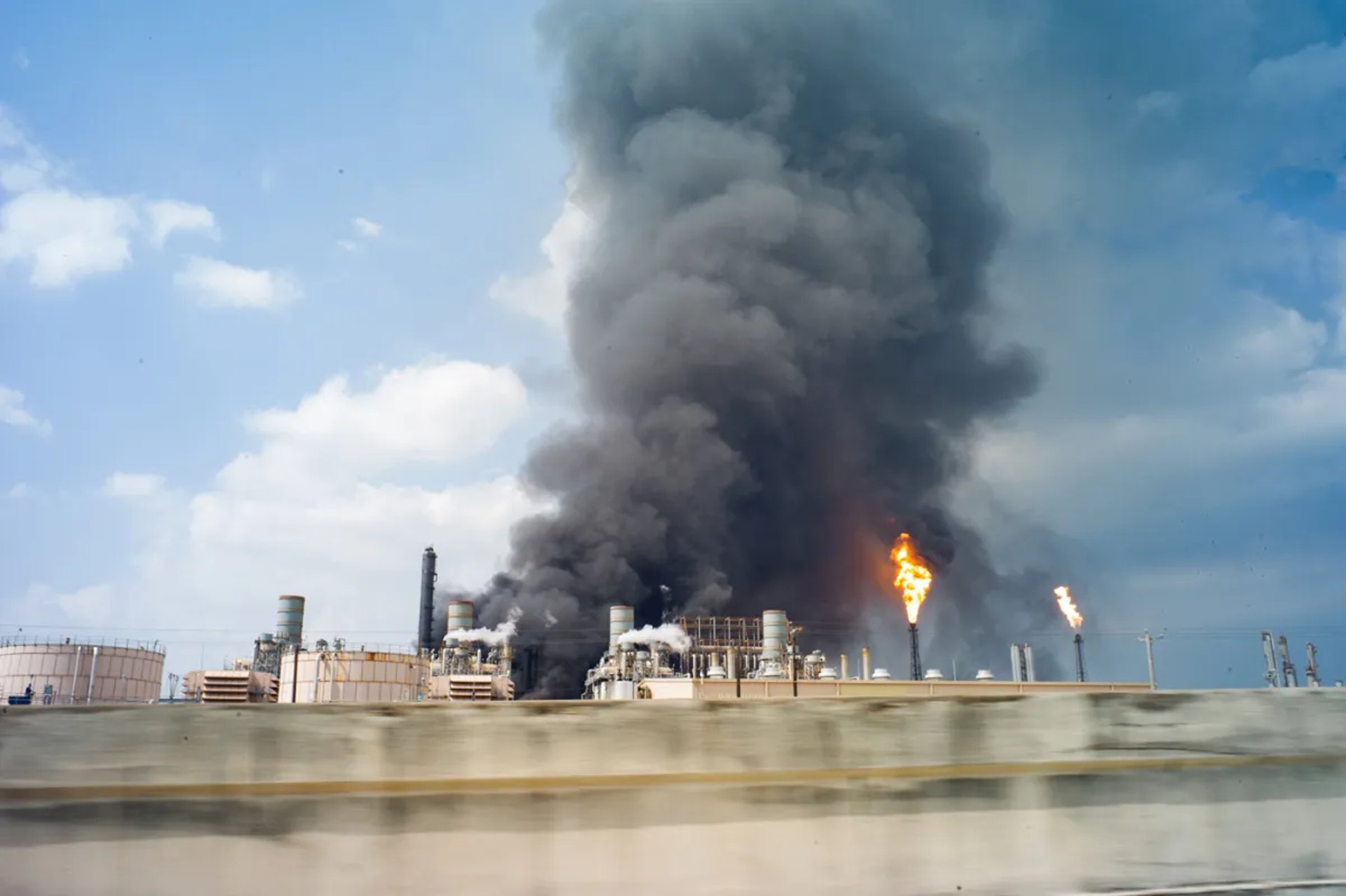keeping an eye on the Oil & Gas fat cats...

Tragedy at the Pemex Deer Park Refinery: The October 2024 Hydrogen Sulfide Release
A hydrogen sulfide leak at Pemex’s Deer Park refinery killed two workers and exposed 13 more—community fears and federal investigations follow.


Incident Details
Date: October 10, 2024
Location: Deer Park, Texas (Harris County)
Facility: Pemex Deer Park Refinery
Company: Pemex (Petróleos Mexicanos)
Type of Incident: Hydrogen sulfide (H₂S) gas release
Known Cause: Malfunction in a sulfur recovery unit; investigation ongoing
Injuries: 13 workers exposed to H₂S
Fatalities: 2 confirmed worker deaths
Environmental Impact: Release of 135 tons of hydrogen sulfide gas into the atmosphere
Community Impact: Localized lockdown at the plant; air quality concerns in nearby neighborhoods
Emergency Response: Internal plant emergency response activated; Harris County Pollution Control and CSB notified
Investigations: Ongoing by the U.S. Chemical Safety Board (CSB), OSHA, and the Texas Commission on Environmental Quality (TCEQ)
Legal Action: Lawsuits filed by affected families; regulatory citations pending
Estimated Financial Losses: Undisclosed
Regulatory History: Pemex Deer Park previously cited for safety violations related to gas detection and ventilation systems
Incident Report
In the early hours of October 10, 2024, a deadly invisible threat filled the air at Pemex’s Deer Park refinery. A catastrophic equipment failure in the plant’s sulfur recovery unit led to the uncontrolled release of hydrogen sulfide gas, a highly toxic compound known for its rapid and often lethal effects.
By the time emergency responders arrived, two workers had already succumbed to exposure, and thirteen others required medical treatment after inhaling the gas. The incident, which occurred without any public alert at the time, only came to broader attention after regulatory agencies confirmed the release of approximately 135 tons of hydrogen sulfide into the surrounding atmosphere.
Although plant officials stated the leak was contained within facility boundaries, environmental monitors detected abnormal air quality conditions in adjacent neighborhoods. Residents living downwind from the refinery reported a strong, rotten-egg odor and experienced symptoms including nausea and headaches.
This tragedy marks one of the most serious industrial gas exposure events in recent Houston history. The U.S. Chemical Safety Board (CSB), OSHA, and state regulators have all launched investigations into Pemex’s operational practices and emergency preparedness protocols. The refinery, already under scrutiny for prior safety lapses, now faces mounting legal and public pressure.
Families of the deceased workers have filed lawsuits alleging negligence, citing longstanding issues with outdated safety infrastructure and inadequate hazard detection systems. Advocacy groups are demanding a full public accounting of what went wrong—and what safeguards failed.
This incident, yet again, raises the question: How many workers must die before systemic change is enforced in Houston’s petrochemical sector?
